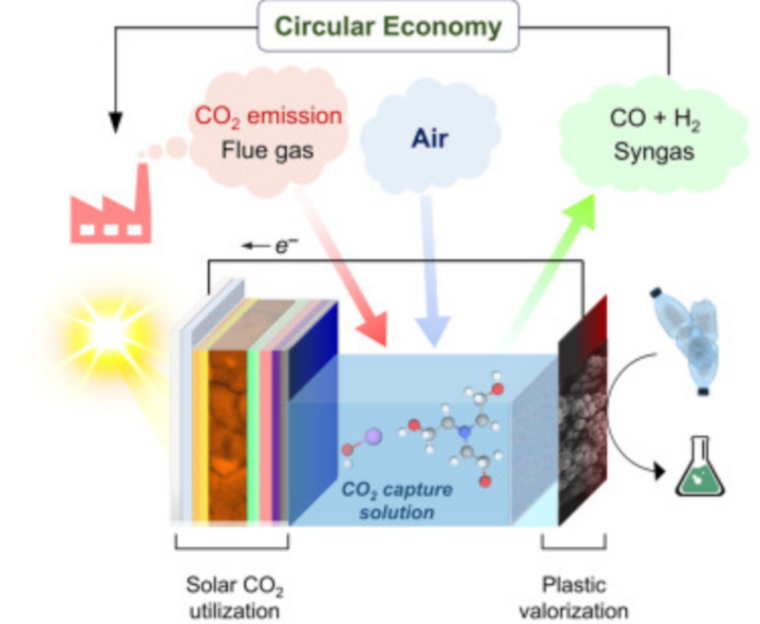Scientists boost yields by sprinkling CO2-capturing rock dust on fields
The application of crushed rock to farmers’ fields may not only reduce greenhouse gases, it could also boost crop yields by up to 16%. These are the findings of a new study conducted by scientists from the University of Sheffield’s Leverhulme Centre fo… Continue reading Scientists boost yields by sprinkling CO2-capturing rock dust on fields
